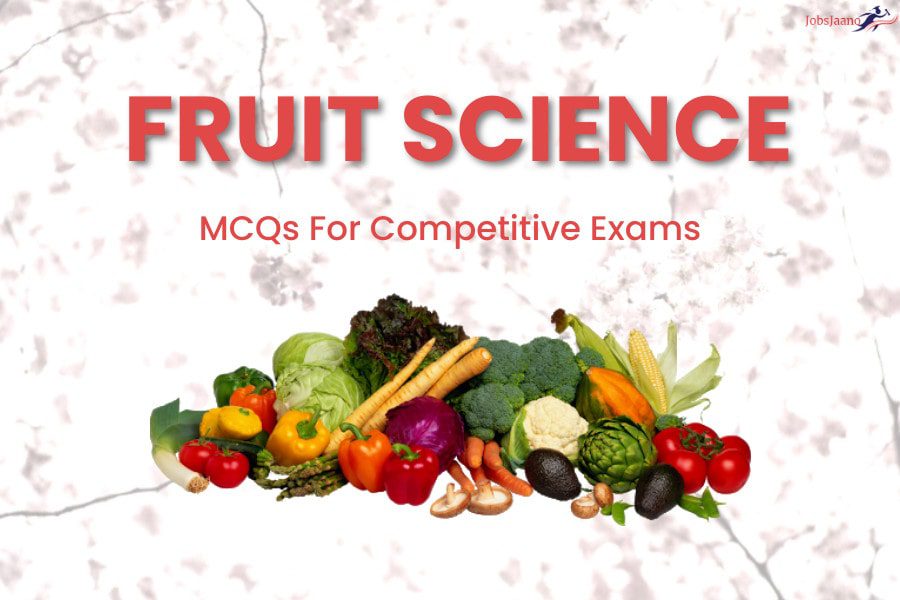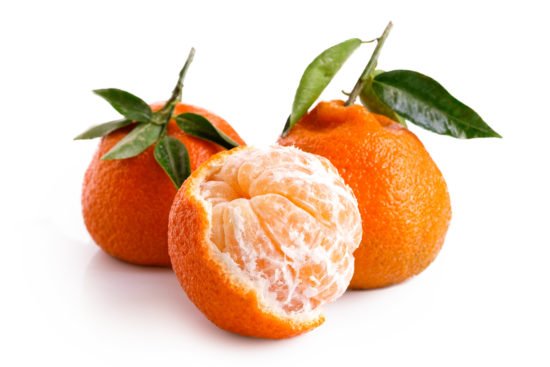Multiple Choice Questions on Fruits Science and with fruits detail with images are given below.
Spirit Fruit Quiz | Top Horticulture MCQs
Let’s get a slick review about the different fruits. All the detailed knowledge is as following:
Mandarin Fruit
Citrus fruits including oranges, limes, lemons, and grapefruit belong to the same family as mandarin oranges, commonly referred to as mandarin fruits or mandarines. In comparison to normal oranges, mandarin oranges are sweeter, smaller, and easier to peel.
Mirabelle

Salsify
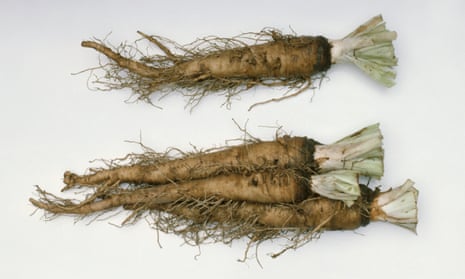
Small Oranges
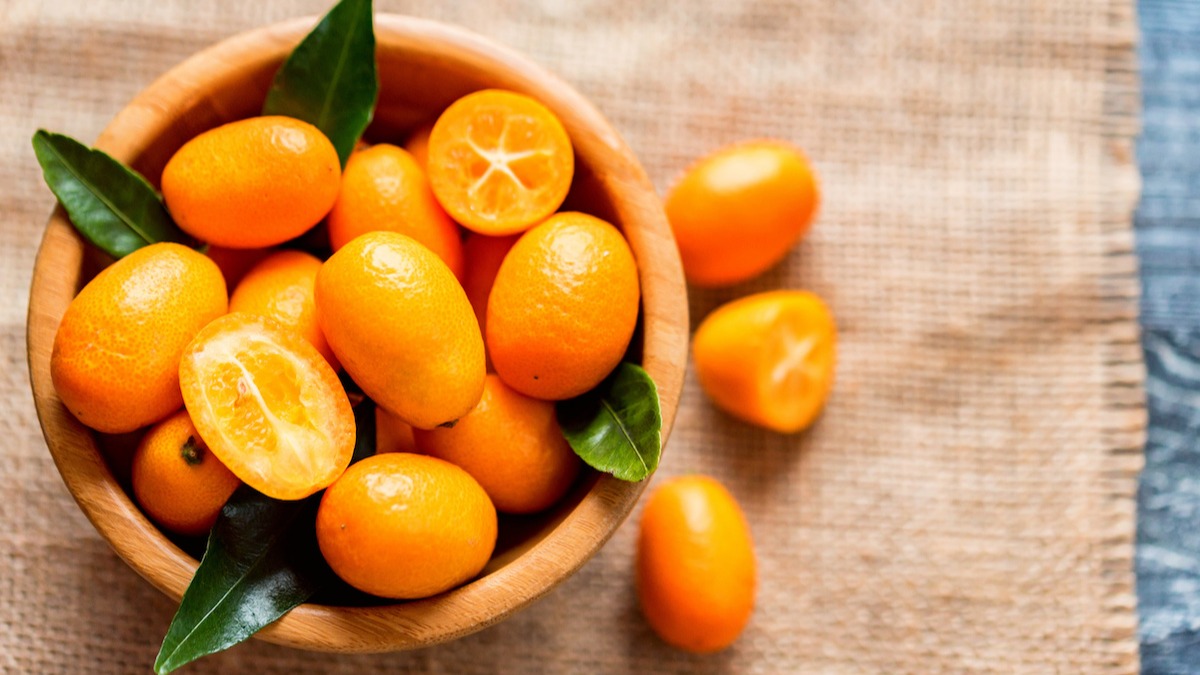
Wild Apple

Red Fruits

Dogwood Berries

Avocado

Sumo Citrus
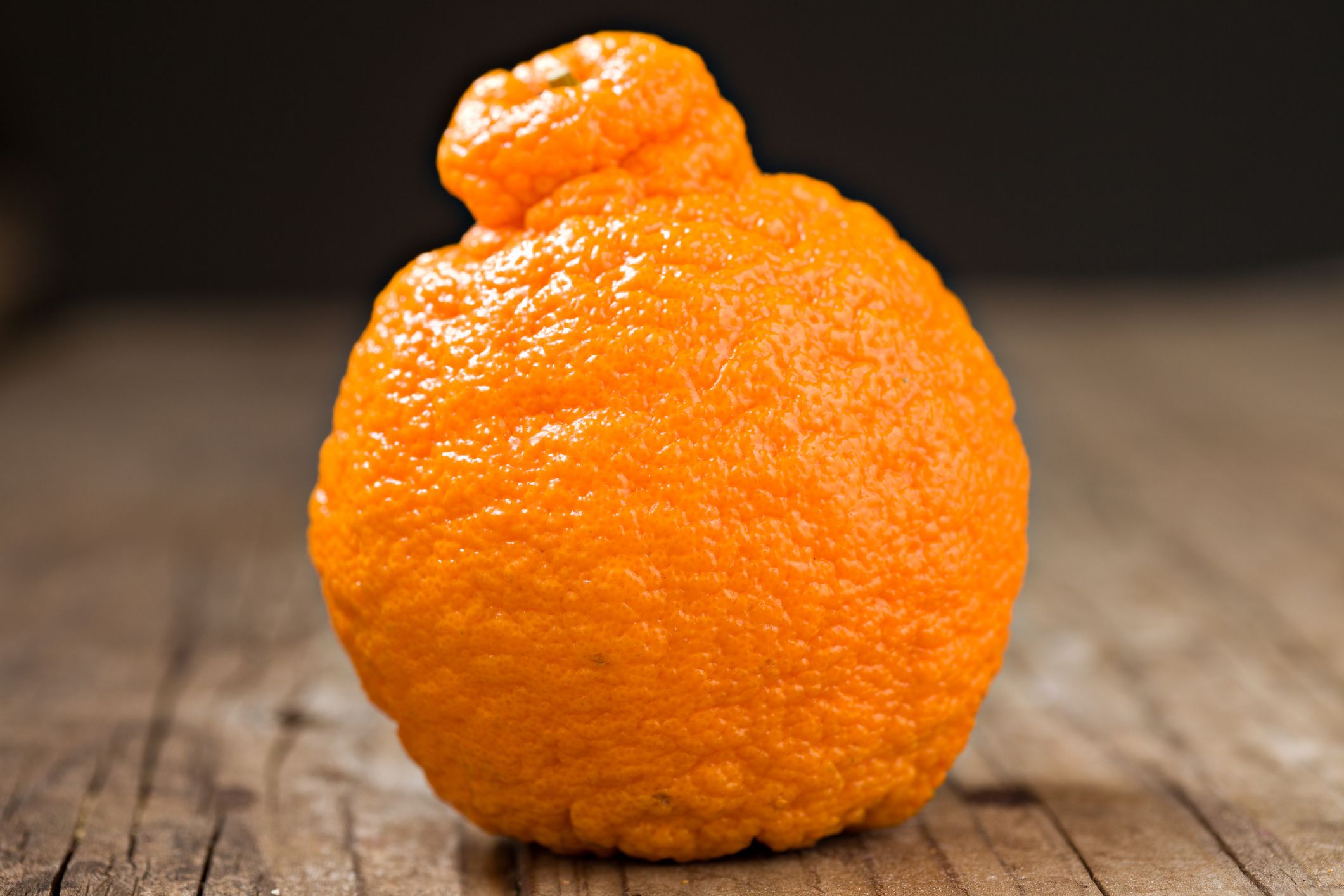
Dekopon

Sudachi
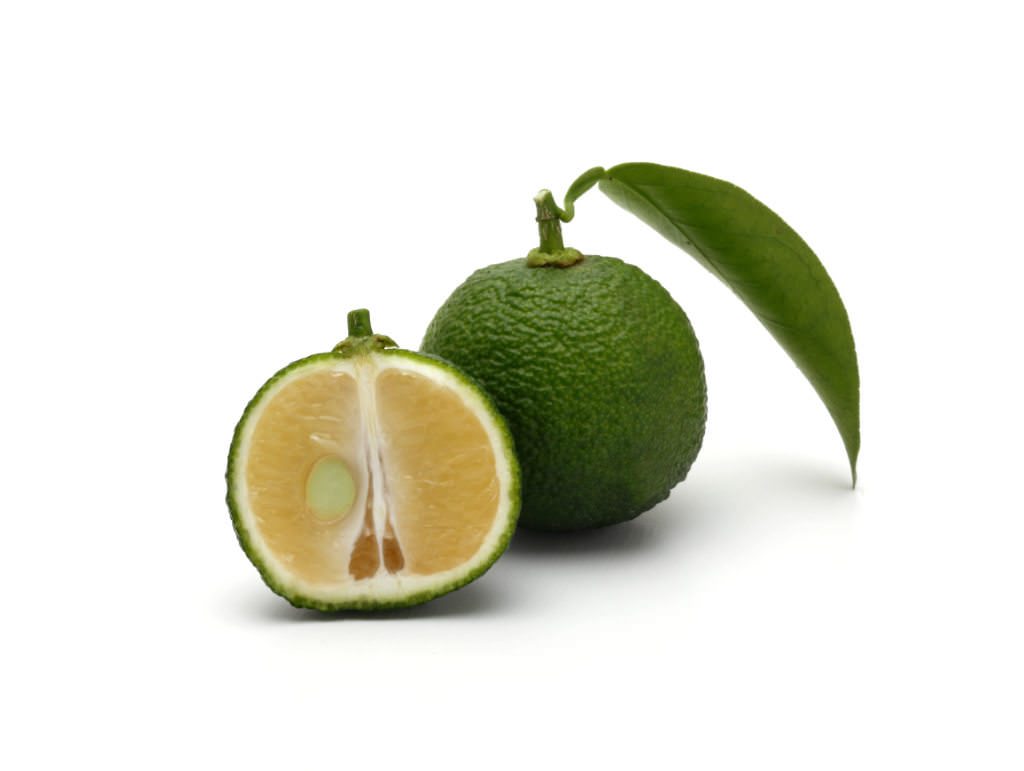
Ugly Fruit
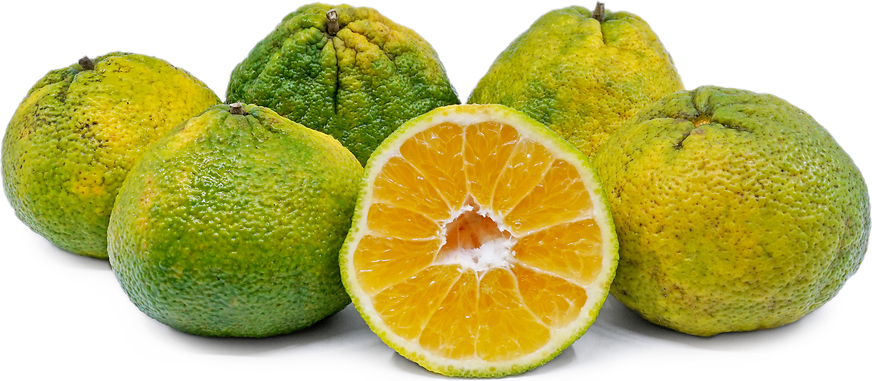
Fruit Personality Test
1. Which of the following country is the largest producer of fruits?
a. Brazil
b. India
c. China
d. U.S.A.
Ans. c
2. Fruit which contains maximum calories is-
a. Date palm
b. Karonda
c. Custard apple
d. Aonal
Ans. a
3. Chlorosis in plants is caused due to deficiency of-
a. Manganese and Zinc
b. Boron and Phosphorus
c. Calcium and Oxygen
d. Nitrogen and Manganese
Ans. a
4. At what concentration level, the sugar acts as preservative?
a. 66%
b. 60%
c. 50%
d. 40%
Ans. a
5. ‘Pusa Urvashi’ is a variet of:
a. Mango
b. Guava
c. Grape
d. Jackfruit
Ans. c
6. The National Fruit of India is-
a. Apple
b. Banana
c. Mango
d. Guava
Ans. c
7. Which of the following fruit is known as “bathroom fruit”?
a. Banana
b. Jackfruit
c. Grapefruit
d. Mango
Ans. d
8. National Botanical Research Institute is located at-
a. Lucknow
b. Bangalore
c. New Delhi
d. None of these
Ans. a
9. Mulberry fruit is botanically known as-
a. Blausta
b. Sorosis
c. Amphisarca
d. Syconium
Ans. b
10. ‘Alphonso’ a variety of mango is mostly grown in-
a. Punjab
b. UP
c. Maharashtra
d. Bihar
Ans. c
Objective Fruit Science
11. Ploidy level of Alona is-
a. Auto-tetraploid
b. Auto-hexxaploid
c. Auto-octaploid
d. None of these
Ans. a
12. Fragaria vesca is commonly known as-
a. Raspberry
b. Cranberry
c. Strawberry
d. Blueberry
Ans. c
13. Mango variety which is suitable for high density planting-
a. Mallika
b. Aomapole
c. Neelum
d. Sindhu
Ans. b
14. Which of the following fruit is known as Hesperidium?
a. Custard apple
b. Apple
c. Orange
d. Litchi
Ans. c
15. Ploidy level of edible banana is-
a. Diploid
b. Triploid
c. Tetraploid
d. None of these
Ans. a
16. Botanically pineapple fruit is known as-
a. Berry
b. Comosus
c. Sorosis
d. Balusta
Ans. c
17. Mango seed lose their viability within the-
a. 2-3 weeks
b. 4-5 weeks
c. 6-8 weeks
d. 9-10 weeks
Ans. b
18. Which of the following fruit crop is most susceptible to water logging?
a. Ber
b. Banana
c. Papaya
d. Pineapple
Ans. c
19. Karonda belongs to family-
a. Apocynaceae
b. Boraginaceae
c. Euphorbiaceae
d. Myrtaaceae
Ans. a
20. Which of the following fruit crop is most suitable for filler crop in mango orchard?
a. Aonla
b.Phalsa
c. Papaya
d. Grape
Ans. c
Pomology (Fruit Science) Multiple Choice Questions: Agriculture Entrance Exams
21. Which of the following fruit is most suitable for marmalade preparation?
a. Guava
b. Litchi
c. Orange
d. Apple
Ans. c
22. ‘Sindhu’ a variety of mango is a cross between-
a. Alphonso * Amrapali
b. Ratna * Alphonso
c. Ratna * Neelum
d. None of these
Ans. b
23. In hexagonal planting system how much more plants can accommodate than the square system-
a. 10%
b. 15%
c. 25%
d. 40%
Ans. b
24. Father of systematic pomology-
a. Darwin
b. Mendel
c. Decandole
d. None of these
Ans. c
25. Plant growth regulator used for fruit thining-
a. IAA
b. NAA
c. GA3
d. C2H4
Ans. b
26. Which growth regulator is used to reduce period of chilling requirement?
a. Cytokinin
b. IBA
c. NAA
d. GA3
Ans. d
27. Cashewnut is originated from-
a. India
b. South East Asia
c. Brazil
d. China
Ans. c
28. Type of parthenocarpy in ‘Sindhu’ variety of mango is-
a. Stimulative
b. Vegetative
c. Stenospermocarpy
d. None of these
Ans. c
29. Mango hybridization work was started in the year:
a. 1901
b. 1911
c. 1921
d. 1931
Ans. b
30. Bronzing in guava is caused due to deficiency of-
a. Copper
b. Manganese
c. Phosphorus
d. Magnesium
Ans. c
31. Best rootstock for citrus in South India is—
a. Citrange
b. Rangpur lime
c. Mandarin
d. All of the above
Ans. b
32. ‘Criket Ball’ is a popular variety of-
a. Mango
b. Apple
c. Sapota
d. Custard apple
Ans. c
33. Which of the following is a popular cultivator of the ber tolerant against salinity and alkalinity?
a. Umran
b. Gola
c. Dodia
d. All of the above
Ans. b
34. Which of the following is/are self-incompatible cultivator(s) of mango?
a. Chausa
b. Bombay green
c. Langra
d. All of the above
Ans. d
35. ‘Arka Mridula’ is a variety of—
a. Guava
b. Mango
c. Pomegranate
d. Sapota
Ans. a
36. ‘Tas-e-Ganesh’ is a popular variety of which fruit crop?
a. Mango
b. Guava
c. Grape
d. Pomegranate
Ans. c
37. Self- incompatibility does not exist in which mango variety?
a. Chausa
b. Langra
c. Dashehari
d. Mallika
Ans. d
38. Which of the following is not a climacteric fruit?
a. Banana
b. Grape
c. Mango
d. Sapota
Ans. b
39. For regular bearing in mango which growth regulator is recommended?
a. GA3
b. IAA
c. NAA
d. Paclobutrazol
Ans. d
40. Parthenocarpic fruits are:
a. False fruit
b. Composite fruits
c. Seedless fruits
d. None of these
Ans. c
Fruit Science Objective Questions
41. Titrom, Kelsey and Alpha are the popular variety of:
a. Peach
b. Plum
c. Pear
d. Phalsa
Ans. b
42. The term ‘three quarterful of Full three quarter; is used to denote fruit maturity in which of the following fruit crop?
a. Mango
b. Papaya
c. Pineapple
d. Banana
Ans. d
43. ‘Apple Color’ is a popular variety of:
a. Apple
b. Peach
c. Pear
d. Guava
Ans. d
44. Which of the following is a post harvest physiological disorder of Mango?
a. Black tip
b. Internal necrosis
c. Sap burn
d. None of these
Ans. c
45. Largest producer of Papaya in India is:
a. West Bengal
b. Uttar Pradesh
c. Karnataka
d. Maharashtra
Ans. c
46. ‘Arka Shyam’ is a popular hybrid of—
a. Jamun
b. Mango
c. Grape
d. Guava
Ans. c
47. ‘Sigatoka’ is associated with-
a. Mango
b. Banana
c. Apple
d. Pineapple
Ans. b
48. ‘Foster’ is a popular variety of:
a. Grape
b. Apple
c. Peach
d. Grape Fruit
Ans. d
49. Which of the following is/are correct with Sapota?
a. Slow growing evergreen tree
b. Flowering and fruiting are terminal in the axils of leaves
c. Requires high temperature and humidity
d. All of the above
Ans. d
50. Which fruit is called ‘Miracles fruit of China’:
a. Kiwi Fruit
b. Mulberry
c. Cherry
d. Litchi
Ans. b
Multiple Choice Questions on Fruits and Vegetables Processing
51. National Horticulture Board (NHB) was established in:
a. 1980
b. 1955
c. 1952
d. 1984
Ans. d
52. ‘Furete’ is an improved variety of:
a. Almond
b. Walnut
c. Avocado
d. Olive
Ans. c
53. ‘Calyptra’ is a term associated with which of the followin fruit crops?
a. Grape
b. Litchi
c. Cherry
d. Phalsa
Ans. a
54. Polyembryony in coconut was reported into:
a. Lacadive
b. T*D
c. Gangabondam
d. Arasikere Tall
Ans. a
55. Jamun (Syzigium Cumini) is also called as:
a. Natal plum
b. Java plum
c. Rose plum
d. None of these
Ans. b
56. Central Institute of Sub-tropical Horticulture (CISH) was initially:
a. Central Mango Research Station (CMRS)
b. Central Mango Research Institute (CMRI)
c. Mango Research Institute of India (MRII)
d. None of these
Ans. a
57. ‘Amrit Sagar’ is a variey of:
a. Banan
b. Litchi
c. Mango
d. Apple
Ans. a
58. ‘Paradox’ is a nematode resistant rootstock of walnut developed through cross between:
a. Juglans regia * J. nigra
b. Juglans hindsi * J. regia
c. Juglans hindsi * J. nigra
d. None of hese
Ans. c
59. In which fruit crop, Pond apple (Annona glabra) is used as a rootstock?
a. Custard apple
b. Jamun
c. Apple
d. Plum
Ans. a
60. M-9 a dwarfing rootstock of a apple has originated as a result of:
a. Cross of M16 * M27
b. Cross of M27 * Northern spy
c. Cross of Northern spy * M16
d. Chance seeding selection
Ans. d
61. Domestic quarantine exist in India for:
a. Potato eelworm
b. Sanjose scale
c. Panama wilt
d. Suagrbeet eelworm
Ans. a
Horticulture Multiple Choice Questions and Answers pdf
62. Grape are proned in only once in North India while twice in South India. This difference is due to the fact that grapes:
a. Shed leaves in winter in Northern India while they remain evergreen in Southern India
b. Less prone to disease in North India while they are more prone to disease in South India
c. Have early bearing in North India while late in South India
d. Bear lightly in Northern India while they bear heavily in South India
Ans. a
63. The nutrition element which improves quality of the fruit is:
a. K
b. P
c. S
d. N
Ans. a
64. Zizyphus nummularia is known to impart dwarfness in ber. Dwarfness is due to:
a. Graft incompatability
b. Poor Nutrient
c. Poor root formation
d. Virus infection
Ans. a
Multi choice Questions
65. L-49 is a selection from Allahabad Safeda made by Dr. G.S. Cheema at-
a. Delhi (1930)
b. Lucknow (1935)
c. Allahabad (1929)
d. Pune (1927)
Ans. d
66. Artificial hybridization in fruit crop in the world was first practised by-
a. Fairchild
b. Knight
c. Thomas Knight and Andrew
d. Camoreous
Ans. c
67. Type of Banana which have persistent male bud at ripening:
a. Horn plantain
b. Pseudo-horn plantain
c. French plantain
d. None of these
Ans. c
68. Pistachionut is _________ in nature.
a. Monoecious
b. Polygamous
c. Dioecious
d. None of these
Ans. c
69. Mangosteen (Garcinia mangostana) flower is sersile and botanically its fruit is:
a. Berry
b. Drupe
c. Nut
d. None of these
Ans. a
70. Kinnow a hybrid between of citrus nobilis * citrus deliciosa was developed by H.B. Frost in 1935 at:
a. Australia
b. California
c. Brazil
d. India
Ans. b
71. Nectarine is smooth skinned peaches. It has originated from Fuzzy skinned peaches as a result of mutation. The mutation is:
a. Single dominant gene
b. Recessive
c. Multiple allels
d. None of these
Ans. a
72. Saharanpur Seedless is a seedless variety of guava. The seedlessness is due to:
a. Vegetative
b. Triploidy
c. Stimulative
d. None of these
Ans. b
73. ‘Mangosteen’ fruit contains seed. The development of mangosteen seed is from nucellar tissue hence propagate true to type through sexual propagation. This process of seed formation is called:
a. Parthenocarpy
b. Polyembrony
c. Parthenogenesis
d. Apomixis
Ans. c
74. ‘Oroblanco’ is a triploid citrus originated as a result of cross between:
a. Ruby Orange * King Tangore
b. Trifoleate Orange * Washington Naval Orange
c. Trifoleate Orange * Ruby Orange
d. None of these
Ans. a
75. Sex in grape is under the control of two alleles. Femaleness is governed by (Sf) and hermaphorodite by (Sh). What is the inheritance pattern of sex in Grape?
a. Sf is dominant
b. Sh is dominant
c. Sh is recessive
d. Sf is recessive
Ans. b
76. Which hormone is more effective in hulling of walnut?
a. GA3
b. Kinetin
c. IAA
d. Ethephon
Ans. b
77. Why Paetobutrozol used as anti GA:
a. It inhibit only growth of the plant no color and flavour
b. It inhibit growth, color and flavour
c. It doesn’t effect on any growth, color and flavour
d. None of these
Ans. a
78. Viral disease transmitted by seed is:
a. Psorosis
b. Canker
c. Exanthema
d. Die-back
Ans. a
79. In which of the following fruit, Thailand is the leading producer in the world?
a. Mango
b. Apple
c. Berry
d. Pineapple
Ans. d
80. In which group you classify pineapple, according to its respiration rate?
a. Low
b. Moderate
c. High
d. Very high
Ans. a
81. “Pusa Srijan” a dwarfing root stock of Guava has been released by:
a. CISH
b. IIHR
c. CITH
d. IARI
Ans. d
82. India’s share in global production of fruit is:
a. 10%
b. 20%
c. 5%
d. 15%
Ans. a
83. Haploid chromosome number of Litchi is:
a. 11
b. 12
c. 10
d. 15
Ans. d
84. L-49 is a variety of Guava developed at:
a. Lucknow
b. Allahabad
c. Pune
d. Delhi
Ans. a
85. Bottom Heat Treatment of mango cuttings from rootings is done at:
a. 50 degree C
b. 32 degree C
c. 40 degree C
d. 100 degree C
Ans. a
86. Sonaka is a clonal selection of:
a. Thompson Seedless
b. Pusa Seedless
c. Beaut Seedless
d. Kishmish Charni
Ans. a
87. Which of the following techniques is used for detection of virus?
a. RAPD
b. RFLP
c. AFLP
d. ELISA
Ans. d
88. Soil application of “cultar” is recommended in mango orchard. Its commercial does is:
a. 4-5 g/tree
b. 0.4-0.5 g/tree
c. 40-50 g/tree
d. None of these
Ans. a
89. Central Institute of Sub-tropical Horticulture (CSIH) is located at:
a. Uttar Pradesh
b. Delhi
c. Maharashtra
d. Punjab
Ans. a
90. Indian Journal of Horticulture is a publication of:
a. ICAR
b. IARI
c. HSI
d. IIHR
Ans. c
Vegetable Science Objective Questions pdf
91. Soil Erosion can be efficiently checked by :
a. Growing plants with extensive fibrous root system
b. Planting tall growing trees at wider spacing
c. Dividing the farm land into several small plots
d. Farming the land with a gentle slope
Ans. a
92. A plant species has 6 chromosomes in each of the 4 cells of its pollen terated. The number of chromosomes present in its leaf tips would be:
a. 3
b. 12
c. 6
d. 24
Ans. b
93. In order to avoid low temperature injury the temperate peaches should be pruned during:
a. Mid of February
b. First week of January
c. Last week of January
d. Last December
Ans. a
94. “Top Red” is a bud sport of which variety?
a. Golden Delicious
b. Starking Delicious
c. Red Gol
d. Red Delicious
Ans. b
95. Dwarfness is a desirable character for selection in fruit crop. The pre-selection criteria for dwarfness is:
1. Leaf Size
2. Phloem/Xylem ratio
3. Respiration rate
4. Stomatal density on abaxial leaf surface
a. 1 and 2
b. 2 and 3
c. 3 and 4
d. 2 and 4
Ans. d
96. Self unfruitful variety of Peach is:
a. J.H. Hale
b. July Elberta
c. Sharbati
d. Shan-e-Punjab
Ans. b
97. “Water Core” a disorder of apple is formed due to:
a. Water stress
b. water excess
c. High temperature
d. Formation of Ice Crystal and deposition of sorbitol
Ans. d
98. “Black Heart” is a variety of:
a. Cherry
b. Apple
c. Almond
d. Pear
Ans. a
99. M-27 a dwarfing rootstock of apple is cross between:
a. M9 * M13
b. M12 * M16
c. M12 * M15
d. M20 * M9
Ans. a
100. “Colt” is a rootstock of:
a. Pear
b. Plum
c. Apple
d. Cherry
Ans. d
101. “False bloom” is a disorder associated with excessive water. It is observed in which of the following fruit crops?
a. Strawberry
b. Craneberry
c. Raspberry
d. None of these
Ans. b
102. A dwarf rootstock of Pear is:
a. Quince A
b. Quince B
c. Quince C
d. Kainth
Ans. c
103. Cell division continues till maturity in fruit development of:
a. Peach
b. Strawberry
c. Avocado
d. Apple
Ans. c
104. First successful transgenic fruit plants are produced in:
a. Pear
b. Cherry
c. Walnut
d. Apple
Ans. a
105. ‘Nemaguard’ a nematode is resistant rootstock of:
a. Plum
b. Pear
c. Cherry
d. Apple
Ans. b
106. Ideal storage temperature of Banana is:
a. 7-10 degree C
b. 13-14 degree C
c. 1-3 degree C
d. 5-6 degree C
Ans. b
107. The pigment present in Jamun is:
a. Carotenoid
b. Anthocyanin
c. Lycopens
d. Xanthophy2
Ans. b
108. Karna Khatta is a commercial rootstock of citrus preferred in light soil of:
a. Punjab
b. Madhya Pradesh
c. Karnataka
d. Uttar Pradesh
Ans. a
109. Yeast is used in making:
a. Nectar
b. Cordial
c. Cidar
d. Syrup
Ans. c
110. Browning of fruits or their products is mainly due to:
a. Pectinase
b. Amylase
c. Protenase
d. Polyphenolase
Ans. d
Father of Systematic Pomology
111. Who discovered the method of preservation through canning?
a. Nicholas Appert
b. Gay-Lussac
c. Louiss Pasteur
d. William Underwood
Ans. a
112. Pickles are preserved because they contain:
a. Salt
b. Lactic acid
c. Salth and lactic acid
d. Oil
Ans. c
113. What level of SO2 is used in the preservation through canning?
a. 0.035%
b. 0.35%
c. 1.0%
d. 0.5%
Ans. a
114. Filbert can be propagated through:
a. Tip layering
b. Compound layering
c. Stool layering
d. Simple layering
Ans. a
115. Mango pulp is preserved by:
a. KMS
b. Citric acid
c. Sodium Benzoate
d. None of these
Ans. a
Fruit is ripened mcqs
116. Fruit having pH below 4.5 are processed at a temperature of:
a. 100 degree C
b. 60 degree C
c. 120 degree C
d. 212 degree C
Ans. a
117. According to FPO, the juice content of fruit squash should be:
a. 10%
b. 15%
c. 25%
d. 30%
Ans. c
118. Sugar acts as preservative above:
a. 30%
b. 40%
c. 60%
d. 50%
Ans. c
119. The dominant organic acid in grapes is:
a. Malik acid
b. Tartaric acid
c. Citric acid
d. Oxalic acid
Ans. b
120. Preservative of Squash is:
a. SO2
b. KMS
c. Citric acid
d. None of these
Ans. b
121. “Retort” is essential for;
a. Vegetable canning
b. Fruit canning
c. Both fruit and vegetable
d. None of these
Ans. a
122. “Pink Surf” is a product of:
a. Apple
b. Strawberry
c. Cherry
d. Carrot
Ans. b
123. Peelinated fruit pulp cooked with 0.4.4-6% organic acid and 70% sugar is kknown as:
a. Jelly
b. Jam
c. Marmalade
d. Chutney
Ans. b
124. “Syruping” is done for preservation of:
a. Fruits
b. Vegetables
c. Both a and b
d. None of these
Ans. a
125. Temperature required for boiling of fruits is:
a. 240 degree F
b. 232 degree F
c. 212 degree F
d. 117 degree F
Ans. a
126. Sulphur resistant liquer is known as:
a. Corn enamel
b. Tartis enamel
c. Both a and b
d. None of these
Ans. a
127. For Tenderization of meat, which one of the following is used?
a. Nisin
b. Pepsin
c. Tylosin
d. None of these
Ans. b
128. First fruit and vegetable processing factory was established in …… at …….. in India?
a. 1939, Bombay (Mumbai)
b. 1935, Mysore
c. 1935, Bombay (Mumbai)
d. 1932, Mysore
Ans. c
129. FPO(Fruit Product Order) comes in India in:
a. 1955
b. 1950
c. 1945
d. 1959
Ans. a
130. ‘Feni’ a fermented beverage popular in:
a. Maharashtra
b. Punjab
c. Goa
d. All of the abov
Ans. c
131. Fruit juices are pasteurized at:
a. 45 degree C
b. 65 degree C
c. 85 degree C
d. 95 degree C
Ans. c
132. A separate ministry of Food Processing in Government of India was created in the year:
a. 1968
b. 1978
c. 1988
d. 1998
Ans. c
133. Which of the following statements is correct with respect to nutritive value?
a. Plenty of water should be added while cooking the vegetables
b. Vegetables should be cooked in strong heat
c. Vegetables should be peeled throughly before cooking
d. Vegetables once cooked should not be heated again
Ans. d
134. In early prebearing life of pear orchard peach is grown in between pear trees because it:
a. generates some additional income
b. protect pear tree from hot winds
c. improve micro climate for pear
d. prevent scald of pear
Ans. a
135. Nucellar seedlings are:
a. inferior to their parents
b. weaker to their parents
c. vigorous and true
d. superior to their parents
Ans. c
136. Most suitable intercrops in bearing young mango orchard:
a. Soybean and Cowpea
b. Coriander and Cowpea
c. Soybean and Coriander
d. Soybean, Coriander and Cowpea
Ans. a
137. If irrigation is not available which aspect (elevation) is suitable for apple cultivation?
a. Northern
b. Southern
c. Both a and b
d. None of these
Ans. a
138. Generally peach trees are intercropped in apple plantation because:
a. short juvenile period and tree size is more
b. Long juvenile period and tree size is more
c. short juvenile period and tree size is smaller
d. None of these
Ans. c
139. Flower Bud Differentiation (FBD) of mango in florida:
a. October
b. December
c. March
d. August
Ans. a
140. Totapari Red Small (TRS) has been found to have very short juvenile phase and thus it can be used as a male parent in hybridization programme to reducce the length of juvenile phase: Why not used as female parent?
a. Female parent cannot be used in hybridization
b. When used as a female parent it exhibit long juvenile phase
c. Because there is not effect of the female parent has been found on the distribution of the juvenile period
d. None of these
Ans. c
141. Sindhu ( a variety of mango) is evolved from:
a. Vengurla, Maharashtra
b. Pune, Maharashtra
c. Nagpur, Maharashtra
d. None of these
Ans. a
142. Skiffing practice is used in:
a. Rubber
b. Cocoa
c. Coffee
d. Tea
Ans. c
143. Temperature suitable for coconut growth is:
a. 21 degree C
b. 29 degree C
c. 27 degree C
d. 24 degree C
Ans. c
144. ‘Maridula’ is a variety of:
a. Pomegranate
b. Phalsa
c. Cashew
d. Karonda
Ans. a
145. “Black Pod” is a disease of:
a. Arecanut
b. Coconut
c. Cashewnut
d. Cocoa
Ans. d
146. Father of “Golden Revolution” is:
a. Dr. K.L. Chadha
b. Dr. M.S. Swaminathan
c. Dr. V. Kurian
d. Dr. M. Mahadevappa
Ans. a
147. To regulate the cropping the best time of puring of guava shoots in UP plains is:
a. April- June
b. December- January
c. October- November
d. February- March
Ans. d
148. Which insect leaves stylet during feeding:
a. Brown Plant Hopper
b. Gall Midge
c. Case Worm
d. Yellow Stem Borer
Ans. a
149. The term ‘Pomology‘ has been derived from:
a. Greek
b. Latin
c. German
d. Italy
Ans. a
Fruits and Vegetables Science Books

